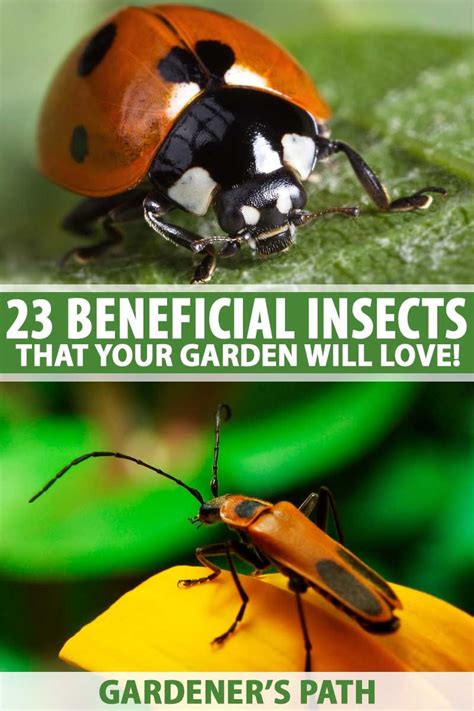In the modern quest for pristine, lush gardens, it’s easy to view insects as foes rather than integral players in the ecological ballet. However, many experts argue that embracing a bit of insect activity on our plants might not just be inevitable, but beneficial. By letting insects partake in our gardens, we replicate natural processes, enhancing plant resilience and contributing to a more robust ecosystem.
This approach guides gardeners to accept some leaf nibbling as a sign of a healthy, thriving garden rather than a failing one. Traditional gardening has often leaned heavily on pesticides, seen as a quick fix to rid gardens of any and all pests. Yet, this method interrupts the natural food chain and can damage beneficial insect populations which, in turn, support plant health and pollination. Emphasizing biodiversity, gardeners can create a balance where beneficial insects manage pest populations naturally.
The balance of nature isn’t just about controlling unwanted guests; it also includes inviting and sustaining those guests that contribute positively. Ladybugs, wasps, and bees play crucial roles in controlling aphid populations and pollinating plants, thus maintaining the health and beauty of our gardens. By reducing pesticide use, we not only save the beneficial bugs but also alleviate the chemical load on our environment, leading to cleaner soil and water.
Beyond the environmental benefits, there’s a practical aspect to this approach. Diversifying plant life in gardens attracts a variety of insects, which helps to naturally control pest populations. This method, known as companion planting, is not only effective but also reduces the gardener’s reliance on chemical interventions. Moreover, this practice enhances the aesthetic and biodiversity of garden spaces, making them a haven for a variety of species.
Educationally, allowing children to observe these natural processes can instill a sense of responsibility and wonder for the environment. It’s an effective way to teach younger generations about the importance of ecological balance and the role that each species plays. As gardens flourish with a mix of insects, plants, and birds, they become living classrooms bursting with life and learning opportunities.
However, the transition to a garden thriving with insects is not without challenges. Initial increases in pest populations may cause concern. Patience is required as the ecosystem gradually balances. In time, natural predators like birds and beneficial insects will establish themselves, controlling pests more sustainably than any chemical could.
Ultimately, the decision to let insects dine on our plants is more than a gardening choice; it’s a step towards environmental stewardship. As we rethink our relationships with these tiny creatures, we contribute to a larger, global movement towards sustainability and environmental awareness. It’s about creating not just gardens, but habitats, where life in all its forms can thrive alongside us, achieving a beautiful balance through nature’s own intricate design.


Leave a Reply